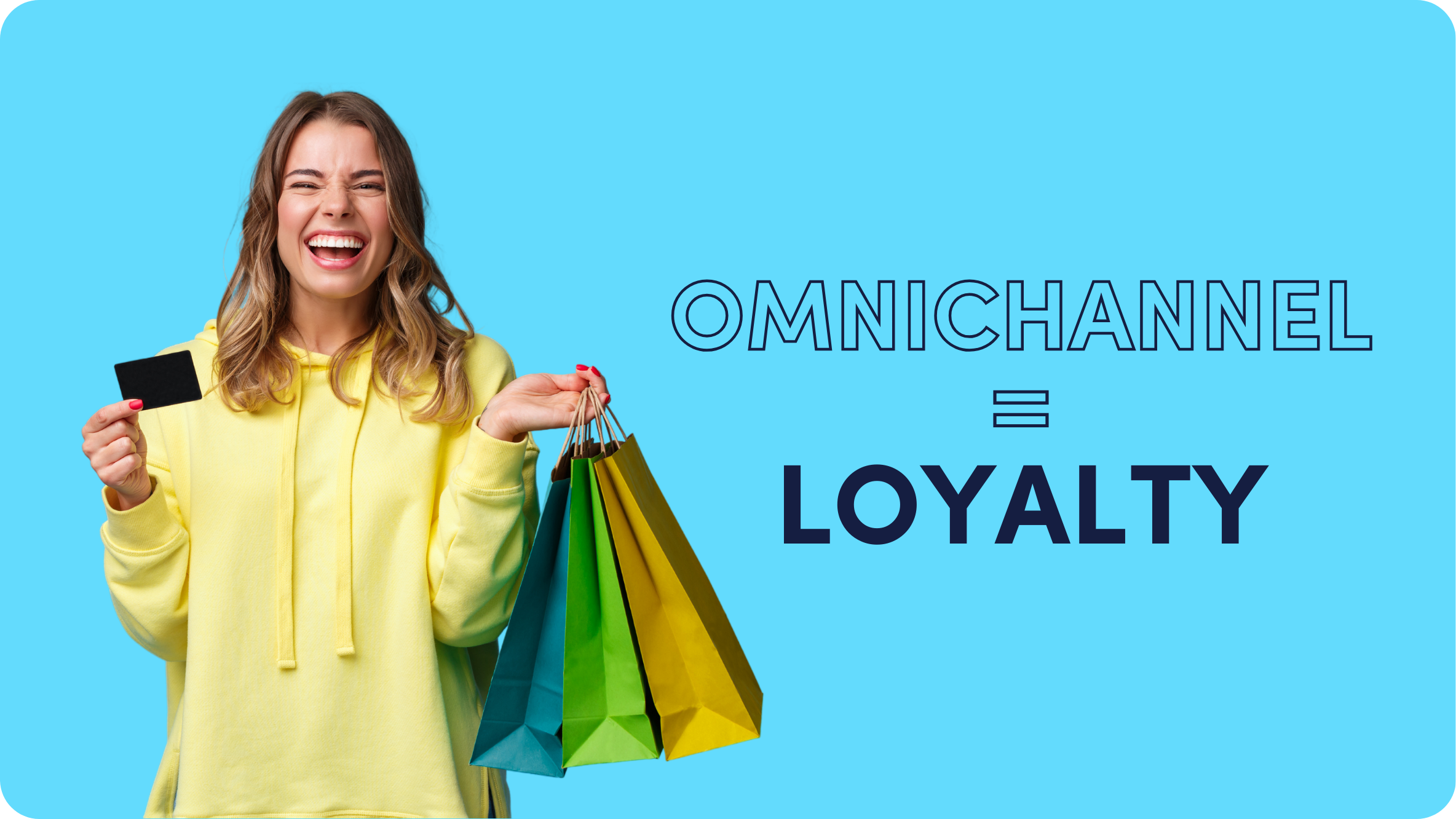Native Advertising Still Massively Misunderstood

I could talk about my first hundred days in terms of the learning curve I’ve had from a company perspective, my newly acquired hacks for intercontinental travel, or the tricks to successfully synching up with a company headquartered in a completely different timezone.
But instead, I’m going to start this piece with a quick multiple-choice test because the biggest thing I’ve learned so far in this role is how much work needs to be done on industry education, both agency and client side.
So please humor me, and answer the following statements with one of the three choices below.
Native advertising is:
- a) Another word for advertorial or sponsored content;
- b) Brand production of content marketing assets;
- c) Distribution of advertising that is embedded directly into an editorial content feed.
Native advertising is successful:
- a) If it appears in highly viewable, prominent placements;
- b) If it is clicked and drives traffic to your ad or content landing page;
- c) Depending on your business goals, KPIs and measurement metrics.
The answers, it may not surprise you, are both C.
This isn’t meant to be patronizing or condescending, and there are no doubt a lot of people out there who do completely understand this space. But misunderstandings of native are still rife across the industry.
Like almost every advertising medium, native has massively changed over the last five years, as it has moved from buzzword to a staple on many a marketing plan. If you think how far TV advertising, outdoor and mobile ads have all come in that time, native has had the same trajectory.
For native to continue its impressive rise, there is a massive need to better educate the market, abandon the one-size-fits-all approach to measurement and re-focus on creativity.
Like those other mediums, there are a plethora of executions, styles, and integrations available on the market today. Yet unlike those other mediums, there aren’t the same well-funded lobbying bodies pushing agendas around them. This means it’s largely left to vendors and (some) publishers to try to educate the market.
Trust is an important asset for native advertising to work and gain popularity.
Clear labeling is important. All our, and many other people’s studies have shown there’s a negligible difference in click-through between good quality content clearly marked as advertiser-funded and ‘regular’ posts.
While this labeling isn’t required for some types of native – such as posts created for a brand which wants to align with a particular topic – I, like the AANA, believe honesty and transparency is the best policy here.
We need to preserve trust in the editorial platforms we are advertising on, and that can’t be done if we’re trying to pull a fast one on consumers.
Late last year the IAB set up a clear guide to native and its best practices, setting out their distinctions between native content and native advertising. Efforts to define best practice in native are welcome, as are any efforts to educate the market, even if, as I suspect, they went largely unnoticed.
More and more brands are pushing into space, after all, it’s a good way to get engagement and avoid those pesky adblockers.
The global market for native is growing at a staggering rate – in the US alone the market is predicted to top US$32bn this year, according to eMarketer. That would represent nearly 60% of the display advertising market there, and a whopping 90% on mobile ad placements.
Gone are the days of the ‘Wild West’ where there were little regulation and no real measurability.
Now we can track, trace and attribute all sorts of brand performance measures to native – just like you can for lots of other digital ad formats. You can target audiences, interests and other things, yet that still surprises people.
Importantly, native allows brands and marketers to get back to the fundamentals. Set out your business goals at the very start and then you can align these with clear and tangible KPIs, and track and evaluate as you go. Remember, not all campaigns will value the same outcomes equally.
At its core, native needs to be a brand message which resonates and interests a reader served on the right platform and at the right time. It’s a chance to tell a story to consumers in a different format. That seems obvious, but it’s not something agencies and marketers are necessarily spending long enough thinking about.
The thing that links all advertising mediums together is the competition for attention.
At all points, the consumer’s attention is traded for a value; the audience gives us their time in exchange for something, whether it be educational or entertaining. It’s always easy to buy clicks – you pay, you get. But the real trick is getting the audience to pay with their attention.
A back-to-basics approach is what native needs: in a crazy and ever-growing ad-tech world, the good old-fashioned story will always win. No matter what your platform or your advertising medium, no technology can ever replace creativity.
It’s been an interesting first few months getting to know this part of the industry better – the challenges are pretty apparent, but I’ve genuinely been impressed with how a lot of people are approaching the native proposition, and the opportunities that exist are really exciting.








![[Infographic] Which Ad Headlines and Images Catch Your Readers’ Attention?](https://www.outbrain.com/blog/wp-content/uploads/2024/01/ad-headlines-and-images-best-practices.png)




